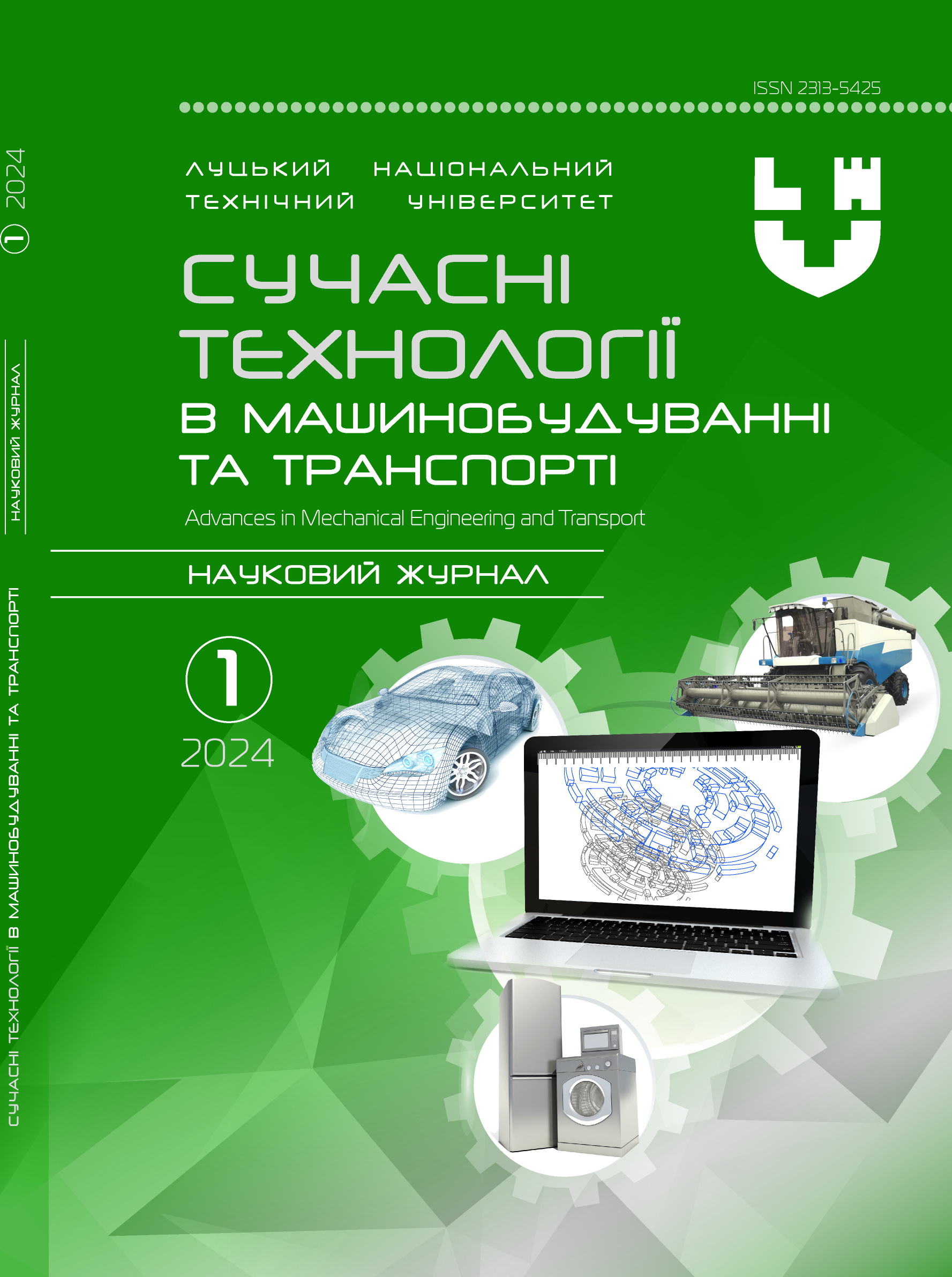Conceptual basis of modernization of transport infrastructure of medium cities in Ukraine
Abstract
The process of urbanization contributes to an increase in the density of population, which has significant implications for the living environment of residents of cities and nearby settlements, and is an important factor in the socio-economic development of society.
In many cities around the world, in recent decades, the organization of urban spaces has been adapted to human needs, taking into account the wishes of the residents themselves. This has happened because the car-oriented modernist urban planning practices have been replaced by human-centered urban planning practices, the main priorities of which are to provide conditions for comfortable movement of people, not cars.
Ensuring sustainable mobility implies that pedestrians should be in the first place in the hierarchical structure of urban space use, followed by cyclists, public transport, and private cars. In this regard, only the application of an integrated approach creates the prerequisites for planning cities and their individual territories from the perspective of different participants in urban life, stimulating sustainable development of settlements.
Keywords: passenger transportation, congestion, transport network, route, comfort level, public transport, passenger flow, sustainable development.




